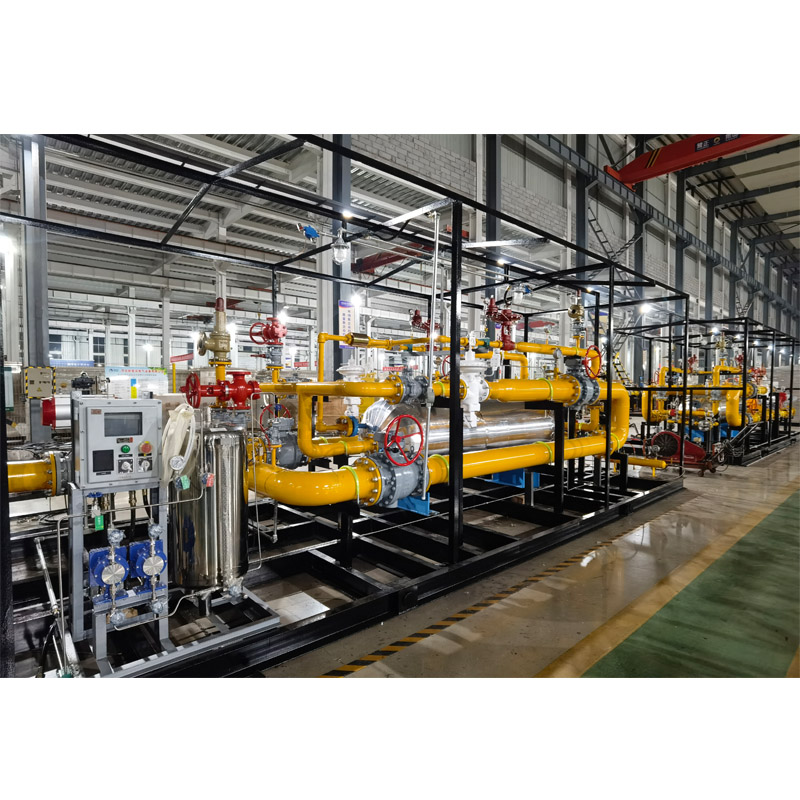
Nov . 08, 2024 09:17
Back to list
Understanding the Function and Application of Gas Pressure Regulating Valves in Systems
Gas Pressure Reducing Valves An Essential Component for Safe and Efficient Gas Management
Gas pressure reducing valves (PRVs) play a crucial role in various industries by ensuring the safe and efficient management of gas systems. As the name suggests, these valves are designed to decrease the pressure of gas coming from a high-pressure source to a desired lower pressure that is safe for use in residential or industrial applications. This article explores the significance, operation, and applications of gas pressure reducing valves.
Understanding the Purpose of PRVs
High-pressure gas systems can pose several risks, including potential leaks, explosions, or equipment damage. Therefore, it is essential to have a mechanism that controls the pressure effectively. Gas pressure reducing valves serve this purpose by regulating the flow and pressure of gases, providing a stable output pressure, and preventing pressure spikes that could lead to safety hazards.
PRVs are widely used in various applications, including natural gas distribution, fuel supply for heating systems, and in industrial processes where gas is used as a raw material or energy source. By maintaining the appropriate pressure, PRVs not only enhance safety but also improve the efficiency of gas utilization, resulting in reduced energy costs and minimized environmental impact.
How Do Gas Pressure Reducing Valves Work?
At the heart of a gas pressure reducing valve lies a simple yet effective mechanism. The valve typically consists of an inlet, outlet, diaphragm, spring, and a seat. When high-pressure gas enters the valve, it acts against the diaphragm, which is connected to a spring. The tension of the spring determines the set outlet pressure.
As gas flows through the valve, the diaphragm moves to open or close the seat, accordingly adjusting the flow rate to maintain the desired pressure at the outlet. If the pressure rises above the set point, the diaphragm moves to reduce flow; conversely, if the pressure drops, it allows more gas to flow through. This feedback loop is what enables PRVs to maintain a consistent and safe outlet pressure.
Factors to Consider in PRV Selection
gas pressure reducing valve

Choosing the right gas pressure reducing valve requires consideration of several factors
1. Pressure Range Ensure the valve is suitable for the specific inlet and outlet pressure requirements of your system.
2. Flow Rate Assess the expected flow rate to select a valve that can handle the demand without excessive pressure drop.
3. Materials of Construction Depending on the type of gas and its properties, the materials used in the valve may need to be corrosion-resistant or rated for higher temperatures.
4. Regulatory Compliance Confirm that the valve meets relevant industry standards and regulations for safety and performance.
5. Maintenance Some valves require periodic maintenance and checks, while others are largely maintenance-free. Consider your operational capabilities when selecting a valve.
Conclusion
Gas pressure reducing valves are indispensable in the management of gas systems across diverse applications. By reducing and maintaining the necessary pressure, these valves enhance safety, efficiency, and reliability in gas utilization. As industries continue to advance towards energy efficiency and sustainable practices, the role of PRVs will undoubtedly become more prominent. Investing in quality PRVs and understanding their operation can lead to safer work environments, lower operational costs, and compliance with regulatory standards. Whether in residential heating or complex industrial applications, gas pressure reducing valves remain a cornerstone of gas management technology.
Latest news
-
Safety Valve Spring-Loaded Design Overpressure ProtectionNewsJul.25,2025
-
Precision Voltage Regulator AC5 Accuracy Grade PerformanceNewsJul.25,2025
-
Natural Gas Pressure Regulating Skid Industrial Pipeline ApplicationsNewsJul.25,2025
-
Natural Gas Filter Stainless Steel Mesh Element DesignNewsJul.25,2025
-
Gas Pressure Regulator Valve Direct-Acting Spring-Loaded DesignNewsJul.25,2025
-
Decompression Equipment Multi-Stage Heat Exchange System DesignNewsJul.25,2025

